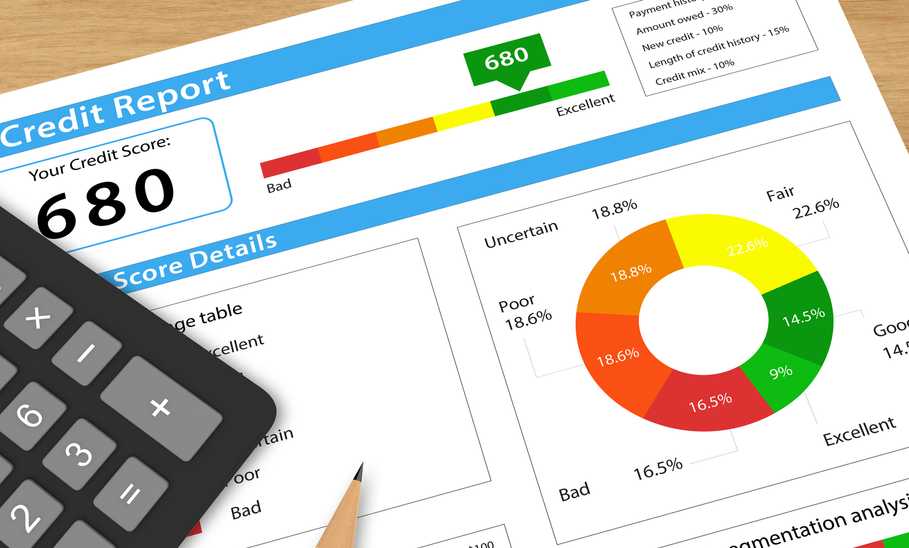Credit Utilization Ratio: All You Need to Know

Our evaluations and opinions are not influenced by our advertising relationships, but we may earn a commission from our partners’ links. This content is created by TIME Stamped, under TIME’s direction and produced in accordance with TIME’s editorial guidelines and overseen by TIME’s editorial staff. Learn more about it.
Credit utilization is a big deal. Lenders use it as a barometer to decide how responsible you are with your credit lines.
Another term for credit utilization is “amounts owed.” It’s the ratio of how much you’re spending to how much your credit cards authorize you to spend. If the balance of your credit card is nearly the same as your credit line, a lender could interpret this as someone who isn’t able to spend within their means.
There are a number of simple ways to ensure your credit utilization works for you—not against you. Let’s examine everything you need to know about credit utilization.
There are five credit data categories that determine your overall FICO credit score, each with varying influence:
You can see that credit utilization is the second most important factor in determining your credit score. It accounts for 30% of your overall number. In other words, even if your payment history and length of credit history are stellar, you might still fail to achieve a high credit score.
Here’s an easy formula to figure out your credit utilization:
Sum of your credit card balances / sum of your credit lines.
As an example, let’s say you have just one credit card with a $15,000 credit line and a current balance of $5,000. To find your credit utilization ratio, divide 5,000 by 15,000—which results in 0.33, or 33%.
Credit bureaus examine how much of your overall credit you’re using as well as the percentage of available credit you’re using on each card. If you’ve got five credit cards with no balance and one credit card that’s maxed out, your credit score could take a hit—even though your overall utilization may still be quite low.
It’s important to note that when calculating your credit utilization, charge cards and no preset spending limit (NPSL) cards (such as The Platinum Card® from American Express) aren’t a factor. That’s because they don’t have a firm credit limit, so it’s impossible for FICO to calculate the percentage of available credit you’re using.
The rule of thumb for scoring well on credit utilization is to keep your balances below 30% of your total available credit. For example, if you’ve only got $5,000 in available credit, you’ll need to keep your card balance below $1,500. Any higher and your amounts owed can go from bolstering your credit score to undermining it.
If you don’t have a lot of credit at your disposal, this 30% rule can be difficult to obey—but there are steps you can take to lower your utilization, which we’ll outline shortly.
Additionally, it’s important to know that a credit utilization of zero is also a negative. The point of a credit score is to grade your use of credit. If you never spend on your credit cards, you’re not building credit history, paying credit card bills on time, etc. Lenders want to see that you can handle credit responsibly. They aren’t impressed by those who simply choose to pay cash instead of plastic.
The amount of available credit you use on each card and the amount of total available credit you use across multiple cards are both important—though it’s unknown exactly how much weight each credit bureau puts into per-card utilization. In short, keep amounts owed to less than 30% of each card’s credit line, and you’ll guarantee that your overall credit utilization remains below 30%.
Fortunately, your credit score can bounce back quickly if you’re above 30% credit utilization. There are plenty of relatively painless ways to lower your percentage, including the following.
You may not know exactly when your credit card issuer will report your balance to the credit bureaus. Because of this, it’s wise to make payments throughout the month that will keep your balance below that 30% threshold. Making more than one payment each month is an easy way to ensure a healthy credit utilization.
Many credit card issuers allow customers to request an increase to their credit line. While the issuer obviously has the final say, you can leverage your good credit habits to better your odds at receiving more credit.
A quick way to instantly lower your credit utilization is by opening another credit card or two. Opening another card naturally means you’ll receive more credit.
As an example, let’s say you’ve got one card with a $10,000 credit line and you regularly have a balance of $4,000. Your credit utilization is 40%. But if you open another credit card and receive a $5,000 credit line, your overall credit utilization becomes less than 27%.
While this won’t immediately do much to lower your per-card utilization, you can spread your monthly transactions across both cards (for instance, $3,000 on one card and $1,000 on the other) to keep all cards below 30%.
Some cards do not report credit utilization to your personal credit report, such as:
Keep in mind that these tips aren’t for those who are in debt and find that they’re maxing out on any available credit. If you’re in that situation, look at solutions such as budgeting and working diligently to pay off that debt. A debt consolidation loan and credit counseling may also help.
Endeavor to keep your credit utilization below 30%. That’s the key to harnessing the “amounts owed” component of your credit score and keeping your credit healthy.
If your credit utilization is currently above 30%, don't be overly concerned. Once you lower your credit card balances, you’ll see your credit score turn around. Bending this rule now and again is far less severe than, say, missing a credit card payment and allowing your account to become delinquent. It could take many months and even years to recover from something like that.
Maxing out a credit card means using all (or nearly all) of your available credit. When you do this, your per-card credit utilization will become around 100%, which can damage your credit score.
In the interest of keeping your credit utilization below 30%, you should never spend your entire credit card balance. If you’ve got a lot of big upcoming purchases, either pay down your balance to 30% or less soon after the charges are posted to your account or try to spread them across multiple credit cards to keep each card’s utilization as low as possible.
While credit utilization is generally considered to be the ratio of your overall credit to your current balances, credit bureaus view credit cards utilization both individually and collectively. That’s why it’s important to keep both under 30%.
Paying your balance in full each month will not hurt your credit score.
However, you shouldn’t make a habit of paying off your credit card immediately after transactions post to your account. That’s because lenders don’t report your balances to credit bureaus every day. More commonly, they’ll report once per month. If you pay off your credit cards as soon as you make a purchase, the credit bureaus may only receive reports of 0% credit utilization—which, as covered above, isn’t ideal.
In other words, pay off your credit card once per month. And make extra payments to keep your utilization under 30% if you need to.
Starter credit cards can make it exceptionally difficult to keep a low credit utilization because they often come with very low credit lines—sometimes as little as $200.
In truth, a credit utilization that breaches 30% now and again isn’t really a big deal—particularly for those with a lengthy credit history that exhibits healthy credit habits. If you’re just beginning your credit journey, however, and one of your first actions is to max out your credit card, this could lower your credit score a bit more.
Even if you pay your credit card in full each month, you may still have poor credit utilization if you regularly spend above 30% on your card. That’s because, as mentioned above, your credit card issuer reports your account (usually once per month) to credit bureaus. It may do this at the end of your billing cycle when you’ve got a large balance instead of right after your payment due date—when your bill is zero.
The information presented here is created by TIME Stamped and overseen by TIME editorial staff. To learn more, see our About Us page.



